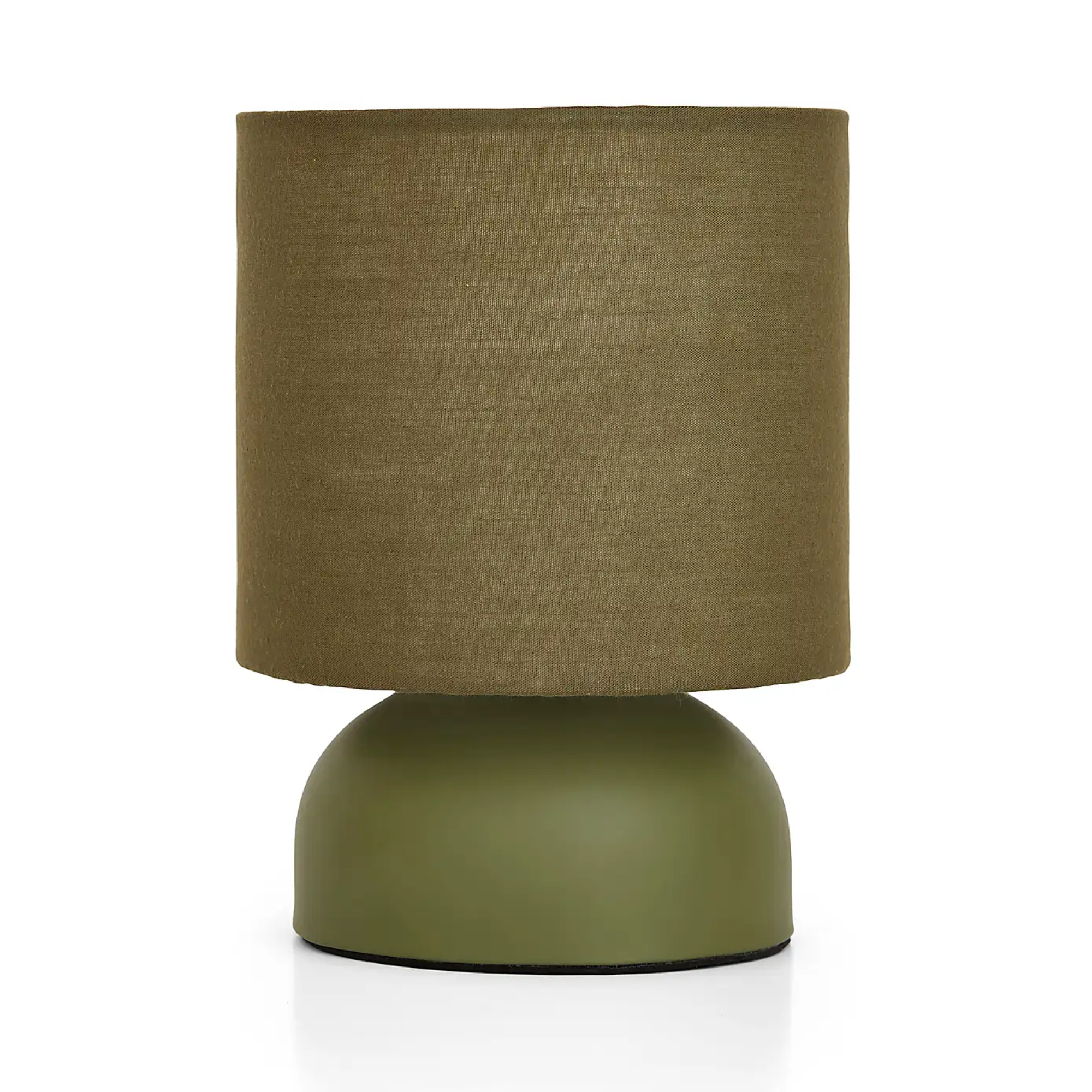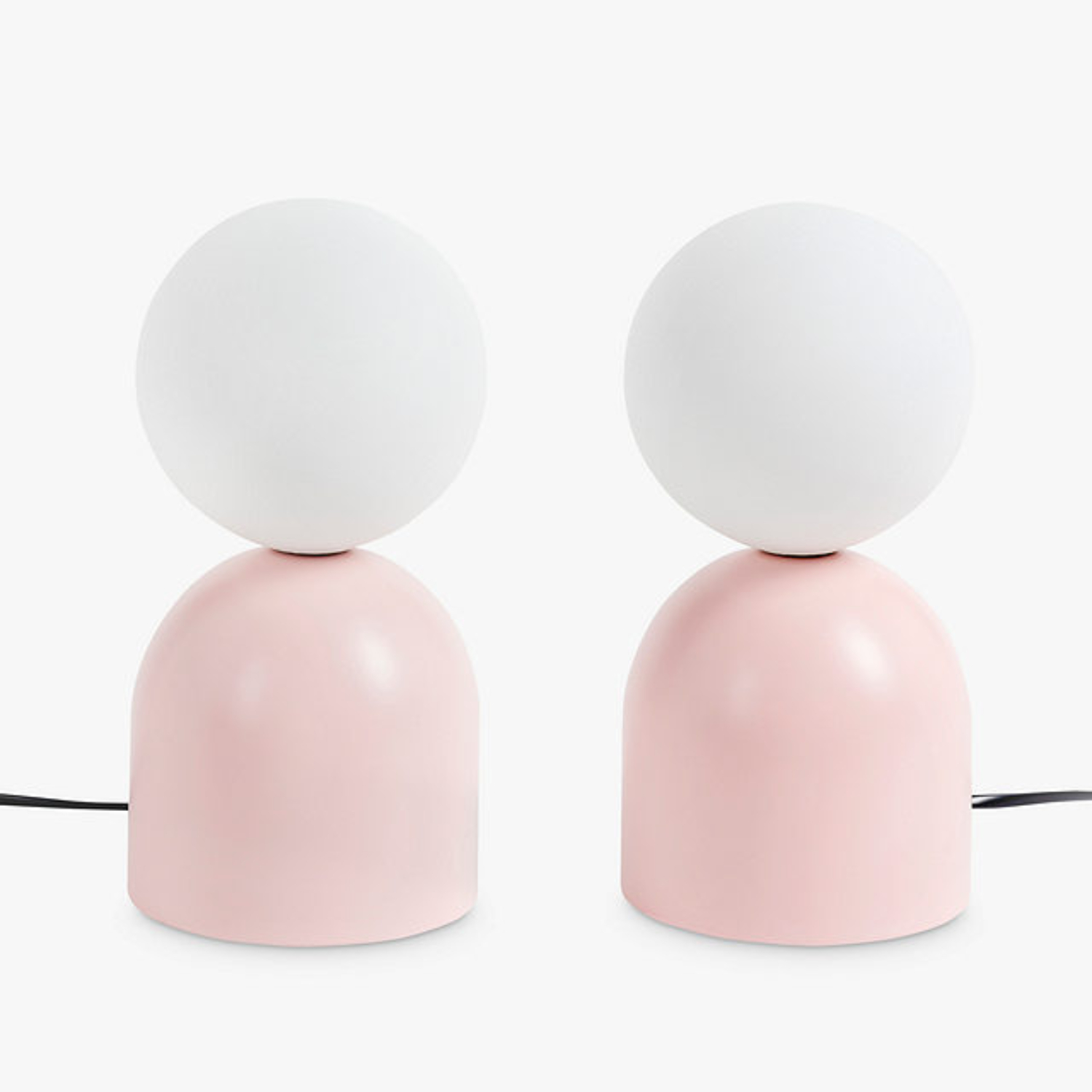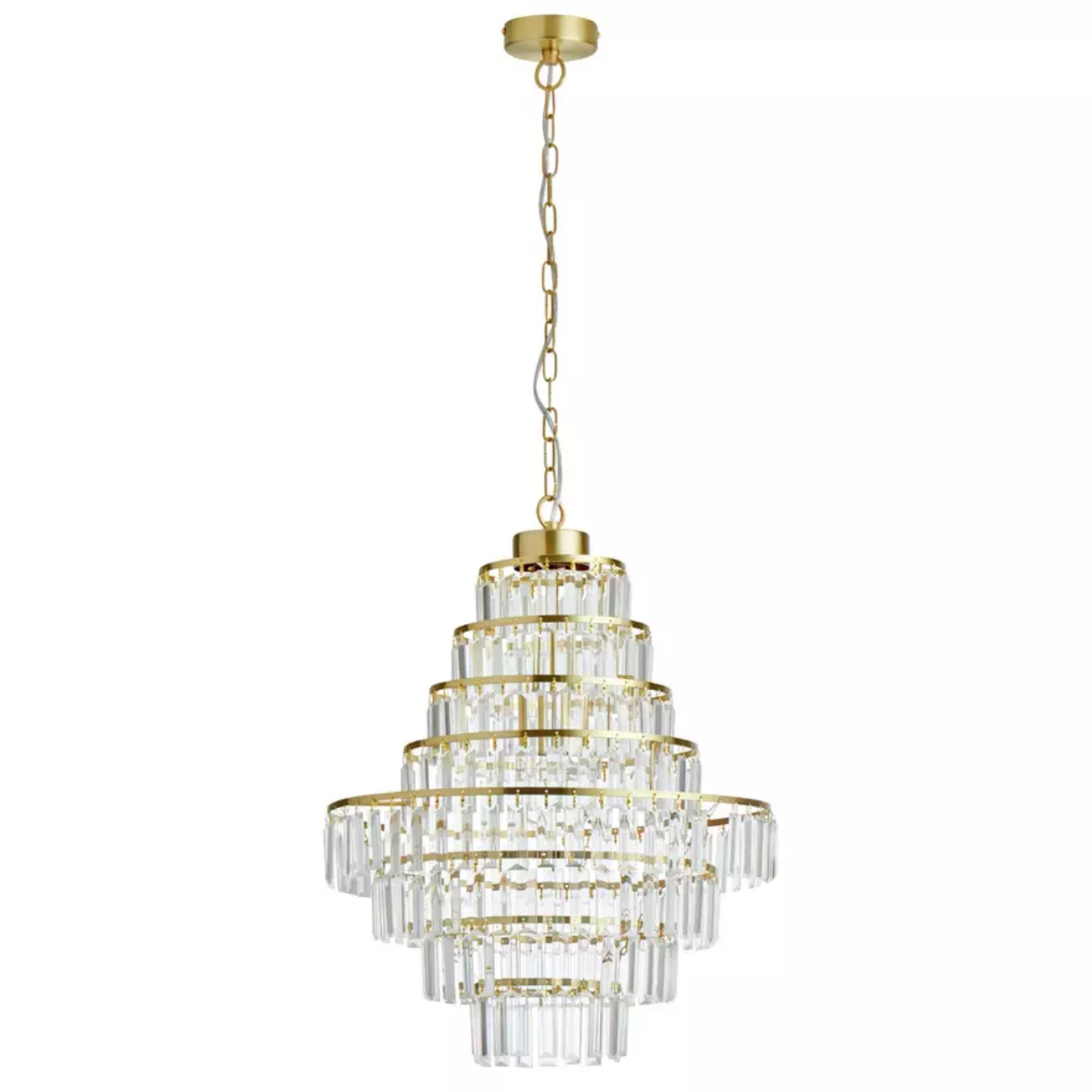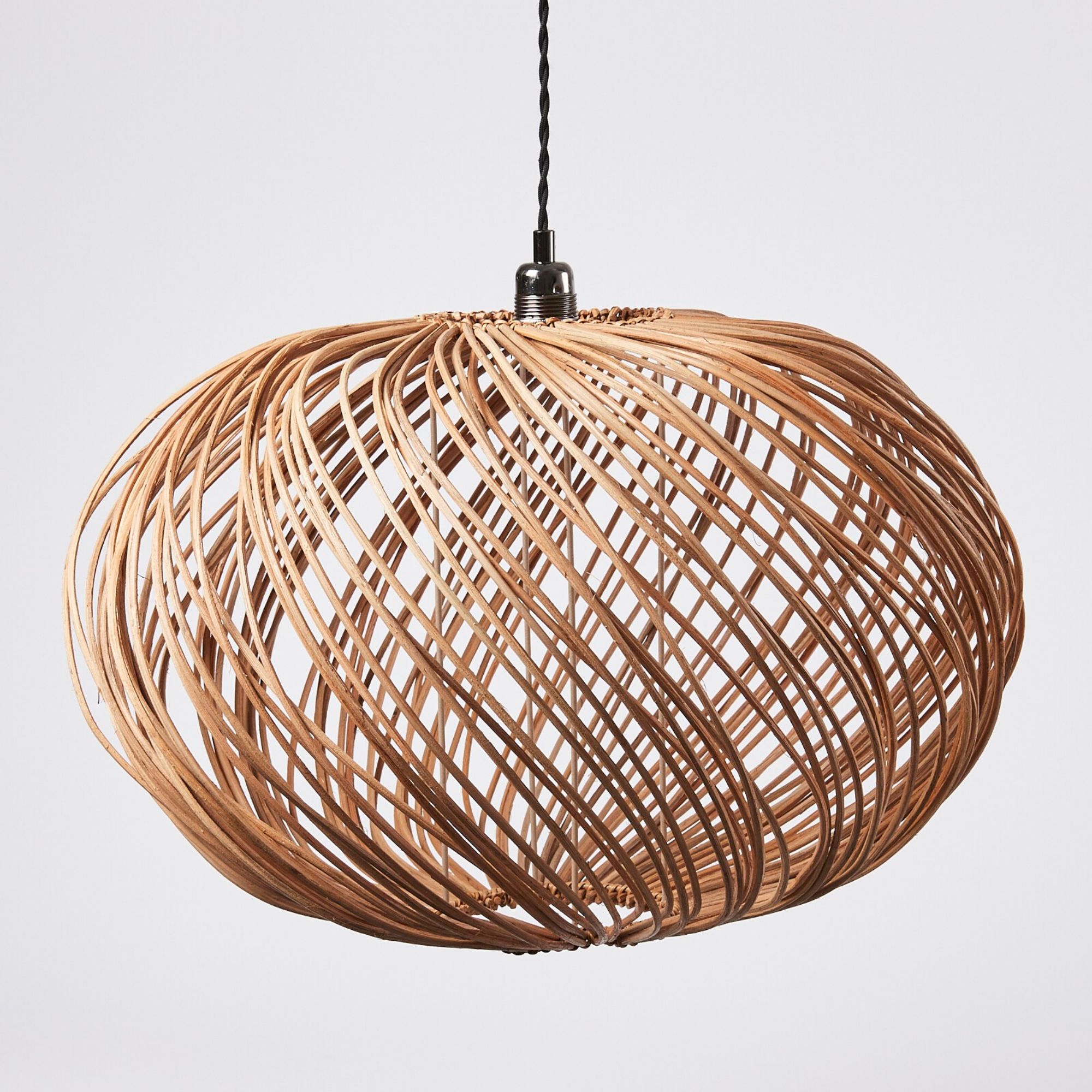The 7 bedroom lighting mistakes you might be making
And here’s what to do instead to create a tranquil space


Our rooms can often be our sanctuaries at the end of a long day, but bedroom lighting mistakes can disrupt that peace in seconds, even more than in other spaces of the home. After all, it’s a room that’s typically used most after the sun has begun to set, lighting is key to making your bedroom feel relaxing and cosy.
Nothing is more annoying than being blinded by a light when you get up during the middle of the night to use the bathroom. The same can be said for switching on your bedside lamp when you wake up only for it to hurt your eyes as they attempt to acclimate to the brightness.
Bedroom lighting can often be ‘quite formulaic, with most bedrooms comprising a ceiling light and two bedside table lamps,’ admits Jemma Greenan, head of design at Shabby.co.uk. But it doesn’t need to be.
Bedroom lighting mistakes
‘Layering your lighting is the key to creating the perfect balance of warmth, cosiness and function in your home,’ says Jo Plant, head of design at Pooky. ‘This is particularly important in a bedroom as you will need a combination of task and ambient lighting solutions for relaxation, reading or getting dressed.’
If you weren’t already aware, there are generally three different types of lighting; ambient, task and accent lighting.
Ambient lighting, such as ceiling fixtures, illuminates a space. While task lighting is the type that you would use if you plan on reading in bed or applying your makeup on a dreary morning. Accent lighting, like wall sconces, can be utilised to highlight architectural or decor features in your room.
But how do you go about using lighting to create a space that will help you drift off to sleep but also help to illuminate the room when you need it to? Well, the experts have shared the 7 most common bedroom lighting mistakes they see, and what they advise to do instead.
Sign up to our newsletter for style inspiration, real homes, project and garden advice and shopping know-how
1. Having lighting that’s too bright
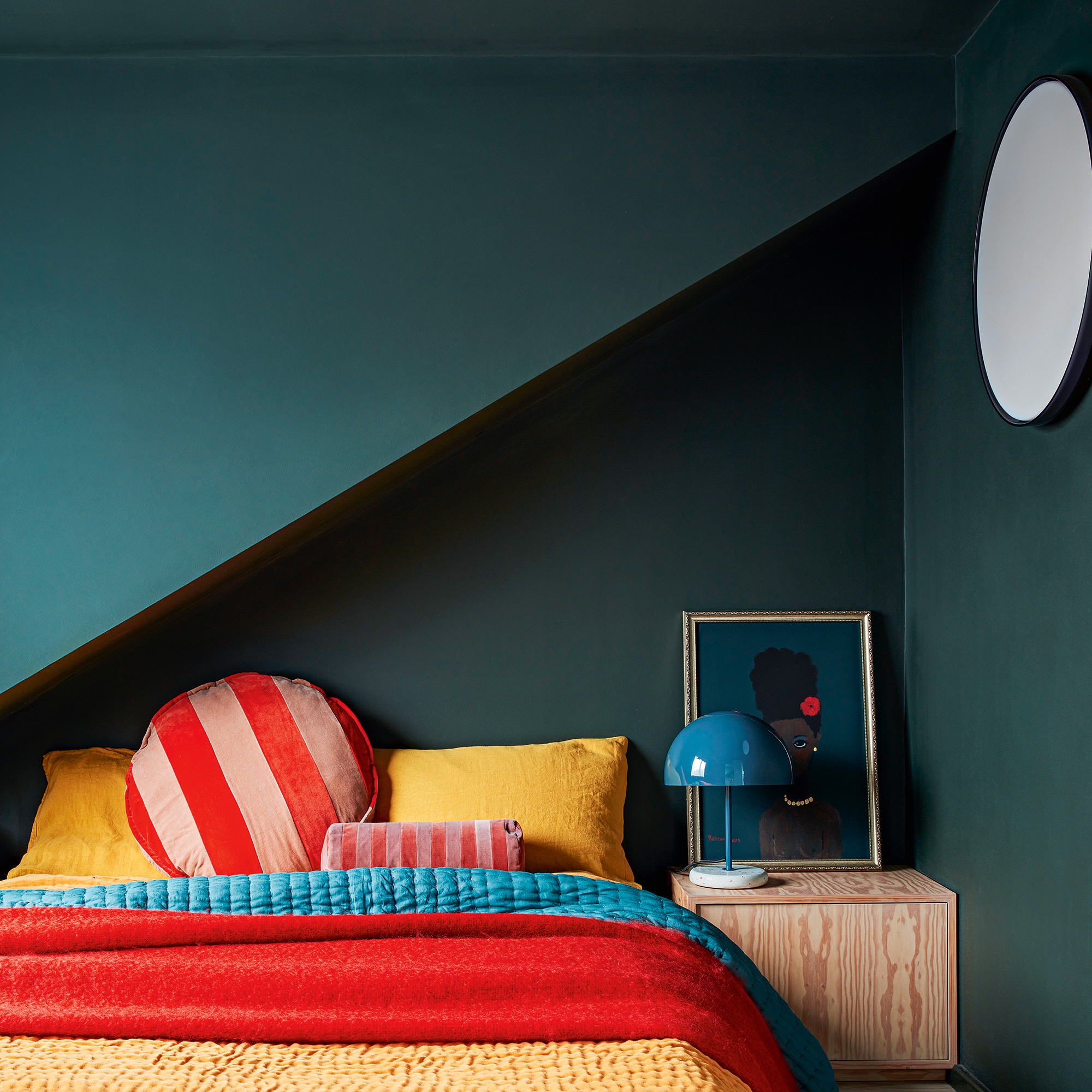
‘Having lighting that's too bright and white can feel clinical, which is the opposite of how you generally want your bedroom to feel,’ explains Lee Trethewey, interiors expert at Sustainable Furniture.
‘A soothing and tranquil atmosphere in the bedroom is essential for relaxation and promoting good sleep quality. As well as this, exposure to intense, bright lighting can suppress the release of melatonin, (a hormone that regulates sleep) making it difficult to fall asleep and have a restful night when needed.'
‘Bright lights can also disrupt the natural circadian rhythm, confusing the body's internal clock and leading to sleep disturbances and daytime fatigue, as well as causing eye strain,' Lee concludes.
‘The use of cool, blue-toned light in the bedroom, particularly in the evening, can also disrupt your sleep patterns,’ adds Colette Toman, Make My Blinds’s interior stylist. ‘Opt for warm, soothing lighting tones instead. This helps create a serene and sleep-friendly environment, supporting your relaxation and sleep quality.’
2. Not using a dimmer
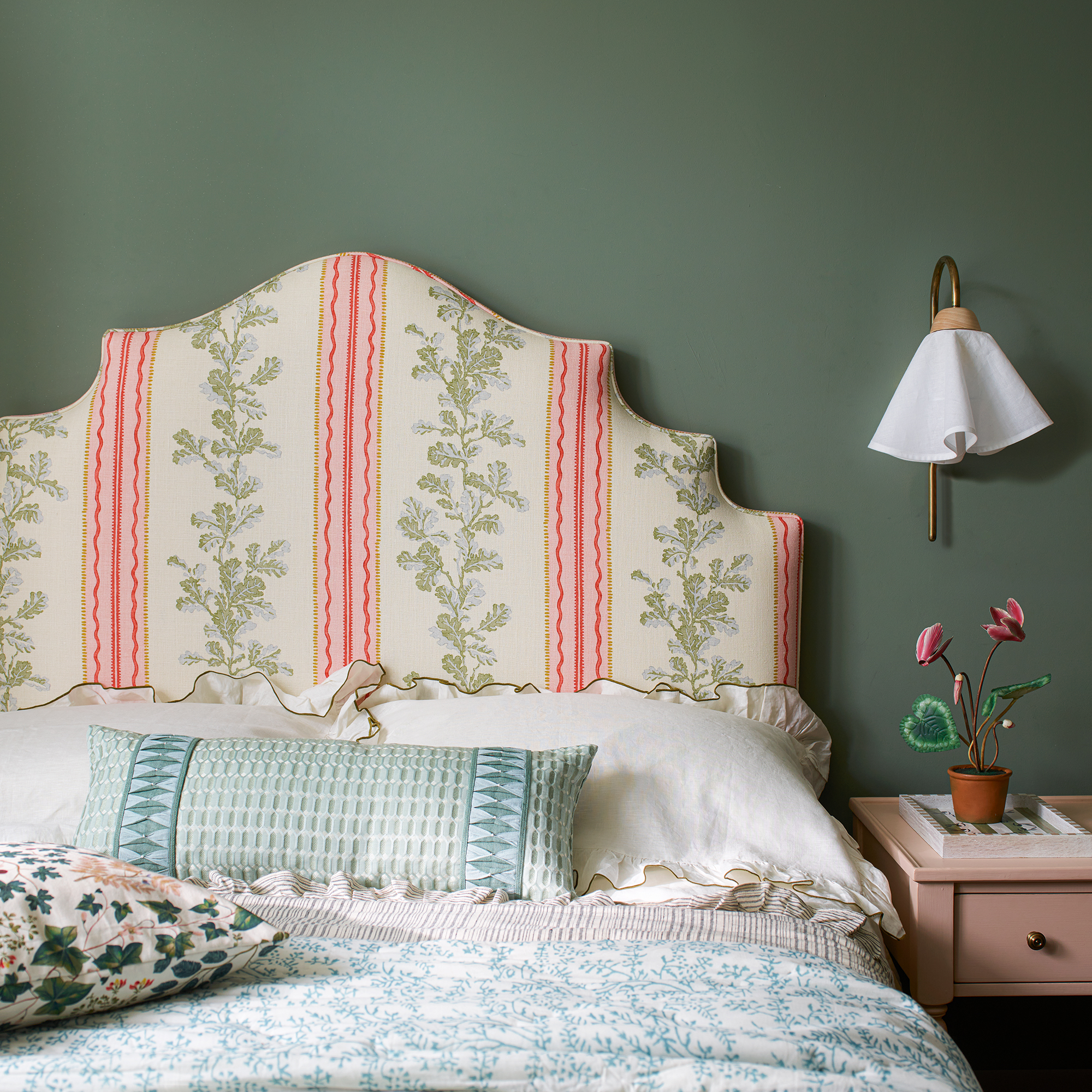
This leads us nicely onto one of the most frequently seen of bedroom lighting mistakes – neglecting to include a dimmer switch.
‘Installing a dimmer will create drama and will immediately change the atmosphere creating pools of dappled light and shade when it’s time to relax,’ remarks Mary Buchanan, creative director of Laura Ashley Lighting and Mirrors at the där lighting Group.
‘Dimming the lights in the evening helps signal the body to unwind and prepare for sleep, creating a relaxing ambiance and helping to reduce eye strain. However, brighter lighting is likely to be required on dark, early mornings when you're getting up and ready for the day,’ says Lee.
So, having the ability to change the intensity of light depending on your needs throughout the day and into the evening, as well as all year round, is particularly important in a room like your bedroom.
3. Not having a touch activated bedside table lamp
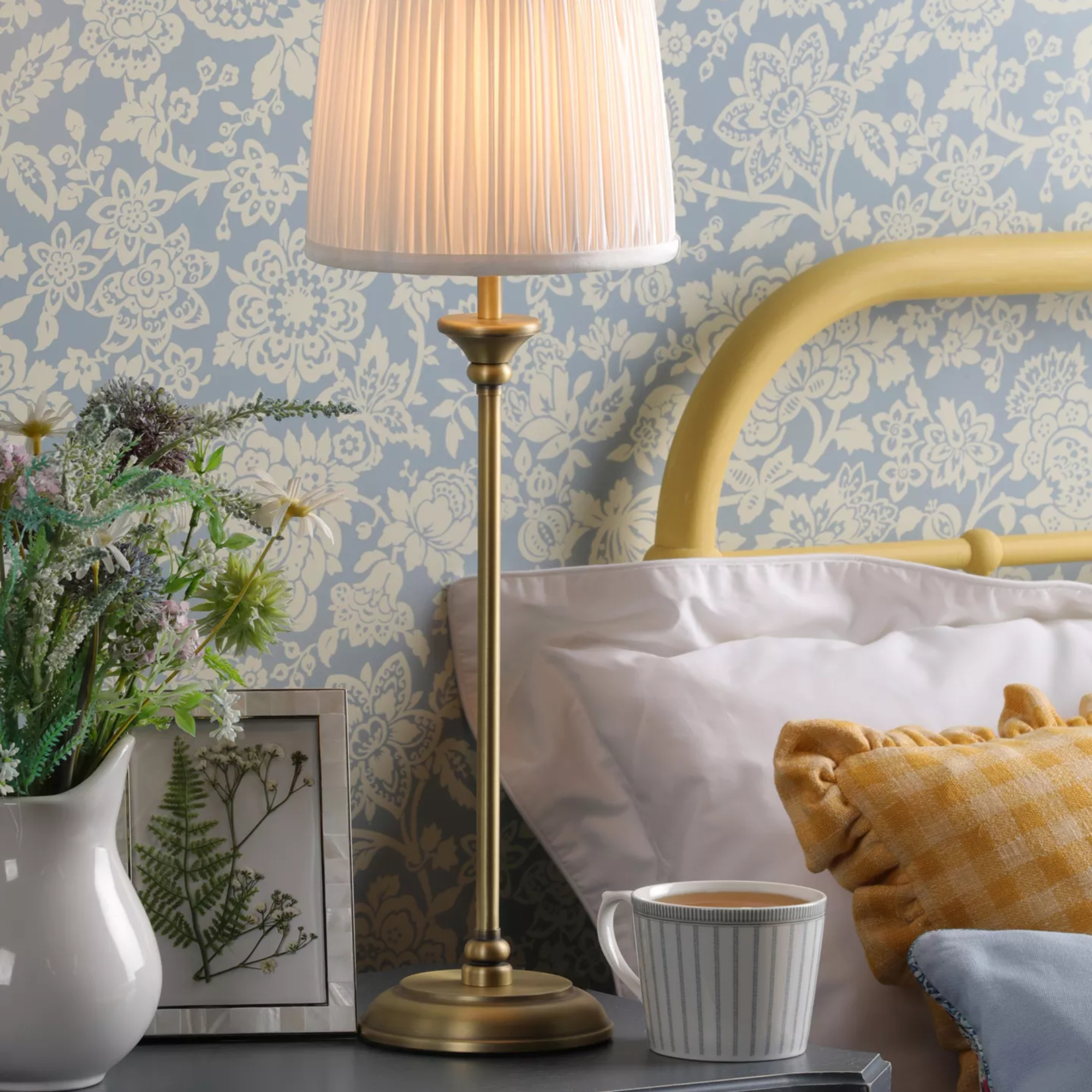
After making the switch to a touch activated bedside lamp, we don’t think we’ll ever go back to a traditional table lamp in our bedroom. If, like us, you’ve ever flailed your hand around in the dark trying to find the switch to turn on your bedside lamp during the night or on a particularly dull morning, you’ll know how frustrating it can be.
‘Touch lamps are ideal for bedside tables,’ agrees Rebecca Pagan, commercial director at Pagazzi Lighting. ‘Just touch them on & off without any hassle.’
Having a touch activated lamp just makes life so much easier. Given how easy and relatively inexpensive the swap is to make, you’ll curse yourself for not having one sooner.
4. Having poorly placed light switches

It’s equally frustrating when you’ve snuggled up in bed only to realise that you’ve forgotten to switch off a light at the switch. Whether that’s the overhead ‘big light’, a floor lamp or bedroom wall lights, not having a conveniently placed light switch either beside your bed or as soon as you enter your bedroom can make it ‘inconvenient to navigate the room in the dark,’ notes Lee.
If you’re redesigning your bedroom, you may want to consider installing a bedside master switch. ‘It’s these often overlooked small details that contribute significantly to the room’s functionality and can have a substantial impact on the overall ambience,’ says Colette.
Alternatively, if you use smart light bulbs throughout your bedroom, you can simply operate your lights from an app. And we have a feeling that you will have your phone or tablet nearby to save you from having to get out of bed to switch off the lights. This is also a great option for renters.
5. Mixing bulb temperatures
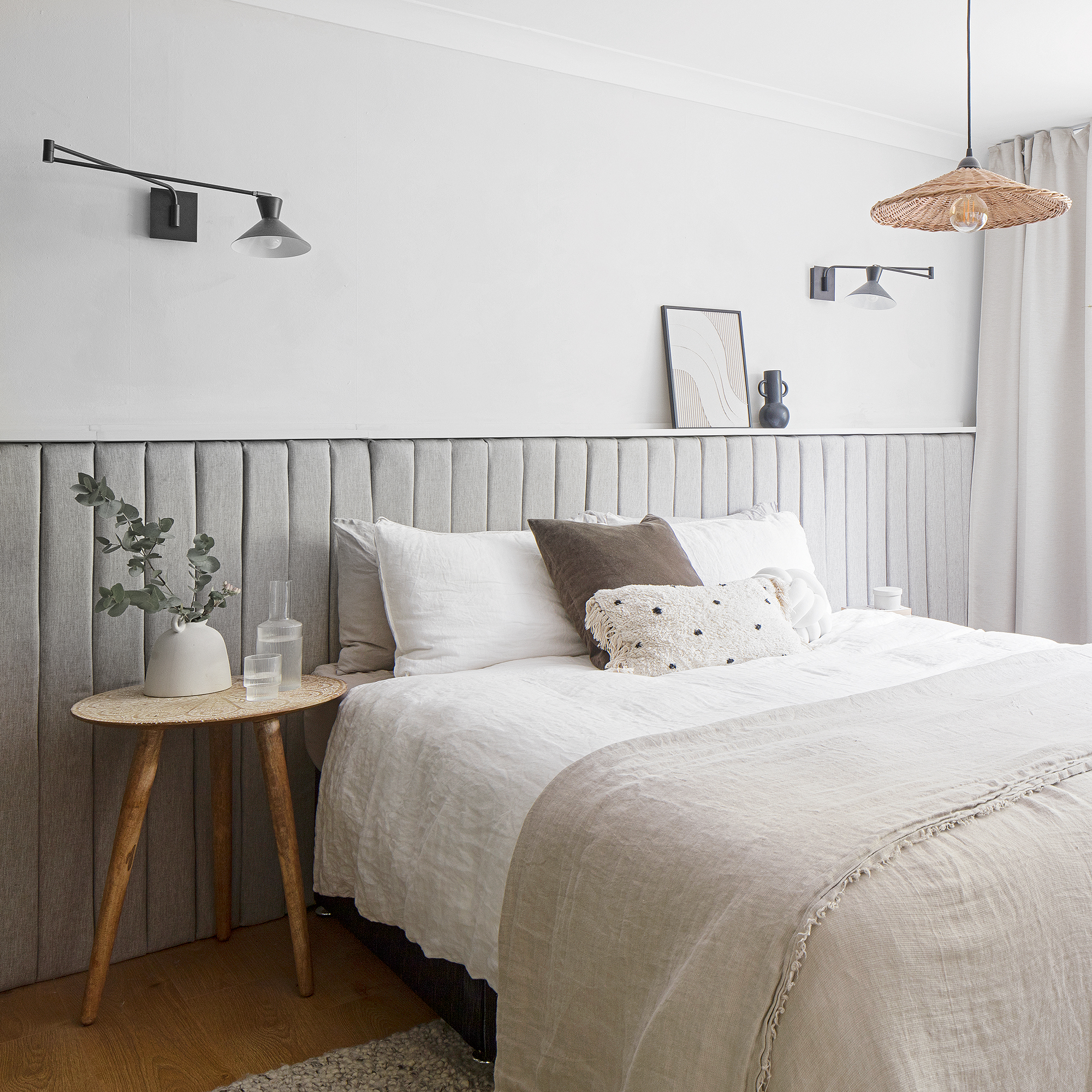
‘It's really important to maintain a consistent and cohesive lighting scheme, no matter what room you're in, because when different light bulb colours are used together, it creates an unbalanced and visually jarring effect,’ says Lee.
For example, if you have a cool, bright white reading lamp but a warm ceiling light, it can lead to a clash of different temperatures. This is especially important to consider in a bedroom as it ‘can even make it difficult to accurately perceive colours,’ Lee adds.
So, when you get dressed or apply makeup in a bedroom with a mixture of light temperatures, you can look completely different when you step out into natural light. Instead, stick to one temperature throughout.
6. Having exposed bulbs
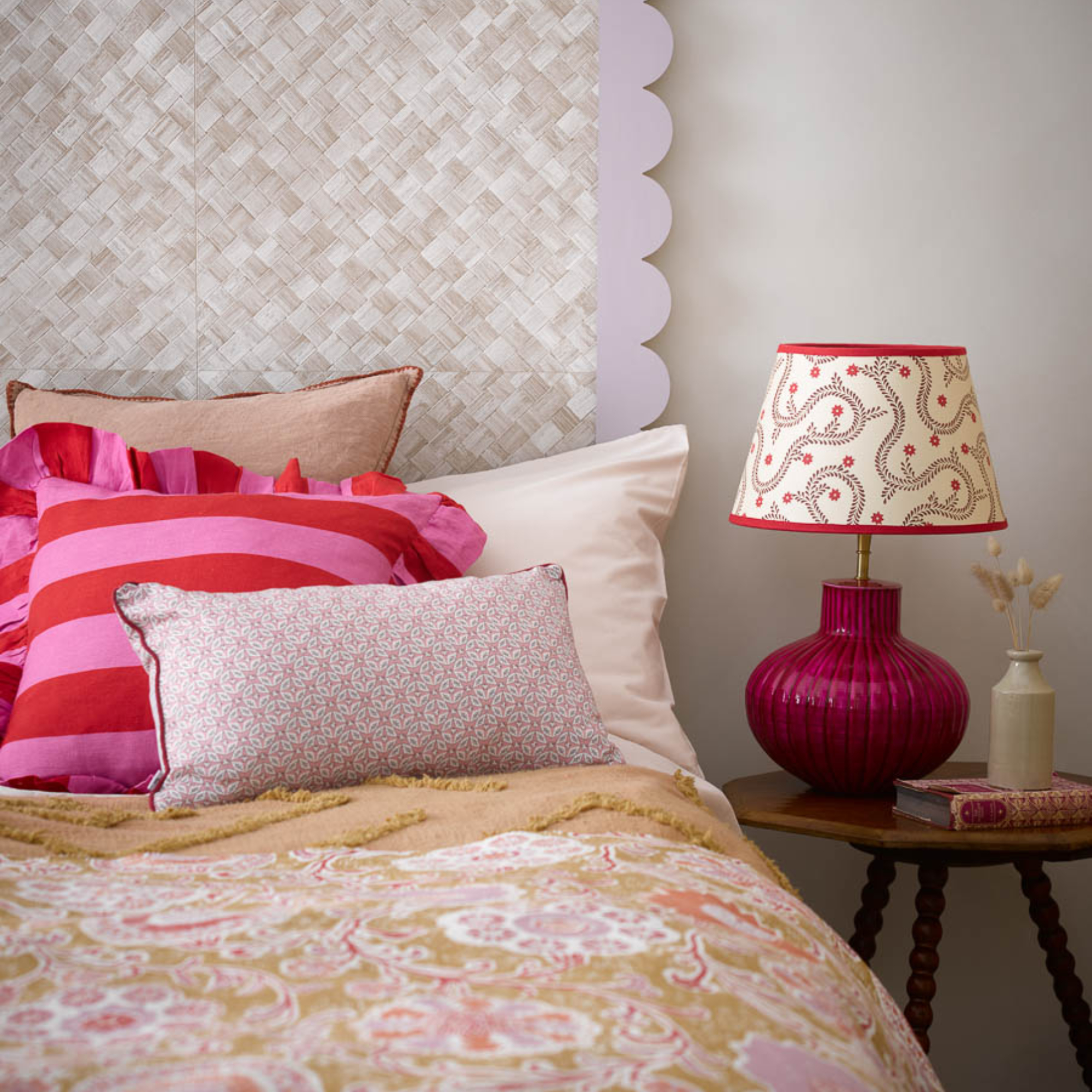
Even though exposed light bulbs look incredibly stylish in most rooms, its actually one of the bedroom lighting mistakes you may have seen.
‘A few years ago, it was popular to have an exposed light bulb, which just doesn’t work in a bedroom. You want a bedside light that directs the light down to create a more subtle aesthetic,’ says Kelly Collins, interior designer at Swyft Home.
Rebecca agrees with this. ‘I would suggest not having exposed bulbs in your bedroom. Exposed vintage bulbs can look cool but if you have a TV or mirror that you can see the reflection in then it can ruin your calm room.’
To fix this, and help design a bedroom for better rest, all you have to do is add a fabric shade to help diffuse the light. Or choose a different light fixture altogether which allows you to point the beam of light in the direction that you need it.
7. Not thinking of your ceiling light as a decorative piece

‘Despite being your main light source, your ceiling light will likely spend more time off than on,’ notes Mary. Because of this, you should ‘think of it as a decorative ornament that should look equally pleasing when lit or unlit.’
‘Placing this light directly above the middle of the bed will draw the eye immediately to this focal point and invite you to dive into your cosy bed,’ Mary adds.
So, get into the mindset of this being a hero piece in your bedroom. Go extravagant and add a luxurious touch with a dazzling chandelier. Or try something more modern and striking. Whatever you do, think of it as a piece of decor instead of something that solely serves the purpose of illuminating the space.
FAQs
How do you deal with bad lighting in a bedroom?
‘If you're dealing with bad lighting in a bedroom, there are a few things you can do to improve the situation,’ says Lee. In addition to the seven tips above, it may be worth using adjustable window coverings.
‘This allows you to maximise natural daylight during the day, and control the intensity of the light depending on how you want your bedroom to look and feel,’ he adds. If you want your bedroom to look brighter, using a light-coloured paint or wallpaper on the walls can actually make a big difference.
‘It can help reflect light and make the room feel brighter.’ So, if your bedroom doesn’t get the most natural light, it may be time to ditch a dark colour scheme and embrace something different.
Award-winning interior designer Kelly Hoppen CBE also suggests 'adding LED strips behind the pelmet to wash light down the curtains.' It's a 'great way to add a relaxed and cosy atmosphere to the room.'
A bedroom is meant to give off a tranquil mood so adding subtle lighting fixtures such as fairy lights or adding LED strips behind the pelmet to wash light down the curtains are great ways to add a relaxed and cosy atmosphere to the room.
‘Rooms with north-facing windows lack direct sunlight, meaning light levels remain relatively stable but can appear gloomy,’ outlines Julia Barnes, head buyer at ValueLights. ‘In these rooms, always use warm-toned daylight bulbs to mimic natural light. This is especially important for any overhead ceiling lights.’
‘South-facing rooms receive plenty of sunlight but can struggle with shadows,’ she adds. ‘In these rooms, avoid relying on ceiling lights as this can emphasise dark corners. Instead look to layer your lighting, focusing on floor and table lamps to spread a soft illumination throughout your room.’
What is the best way of using light in your bedroom?
‘Think of lighting like the sun,’ say Niki Wright and Scarlett Hampton, lighting experts and co-founders of lights&lamps. ‘Big and bright in the day, becoming lower and softer by night.’
‘When ceiling lights are no longer needed to see by, switch on a larger floor lamp, when the evening progresses. They can then be complemented or replaced by a more subtle table or bedside lamp.’
‘Imitating the setting sun is a great way to transition your space throughout the day and bring peace and calm before bed.'

What lighting should be in a bedroom?
‘Bedrooms require more flexible lighting,’ according to Lee Lovett, co-founder of The Soho Lighting Co. ‘You may need a brightly lit room in the winter months, but a softer light for early mornings. Therefore, a scheme that allows for pendant, ceiling and wall lights makes for the perfect bedroom lighting combination.’
‘A well-lit bedroom should incorporate ambient lighting (e.g. ceiling or wall fixtures), task lighting (such as reading lamps or vanity lights), and accent lighting to emphasise decor or architectural features,’ agrees interior stylist Colette.
To create a layered approach, you’ll ideally want a matching pair of bedside wall lights to frame your bed and create an elegant tailored approach to the bedroom. If you don’t have space for two table lamps or like to read in bed, wall lights or sconces or two hanging pendants can give you the same look.
‘All bedrooms should have at least two bedside lamps and a floor lamp in the corner, in my opinion,’ says Rebecca from Pagazzi Lighting. ‘A floor lamp just adds style and light to those dark corners of your room.’
Now, rather than worrying about how many of these bedroom lighting mistakes you may be guilty of, never fear. There are easy fixes to all of them, so let's get cracking...

Ellis Cochrane has been a Freelance Contributor for Ideal Home since 2023. Ellis has been writing about homes, interiors and gardens for four years now, with her also contributing to House Beautiful, Country Living, Expert Reviews, Real Homes and Stylist.
